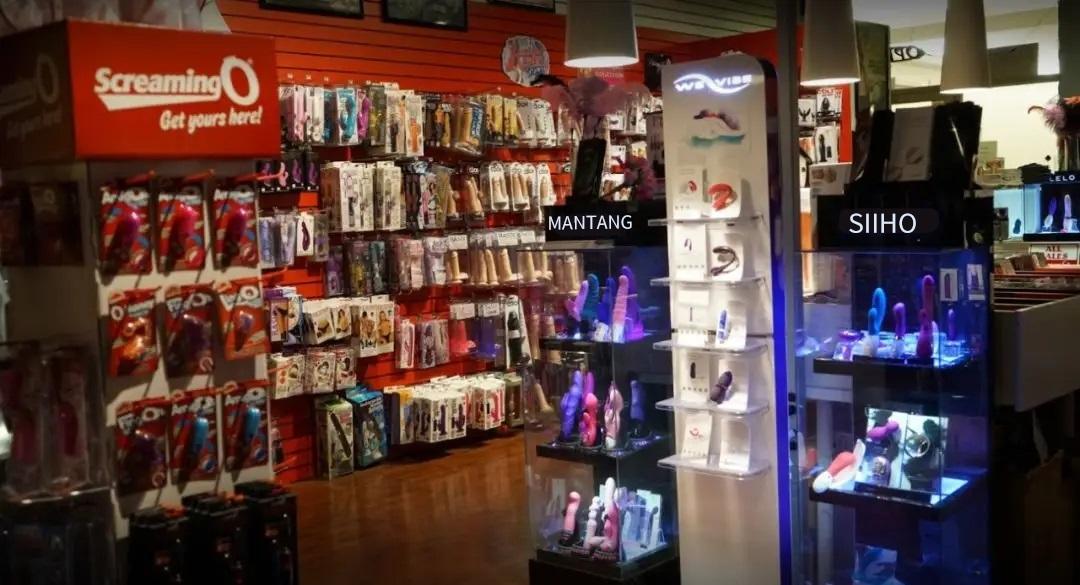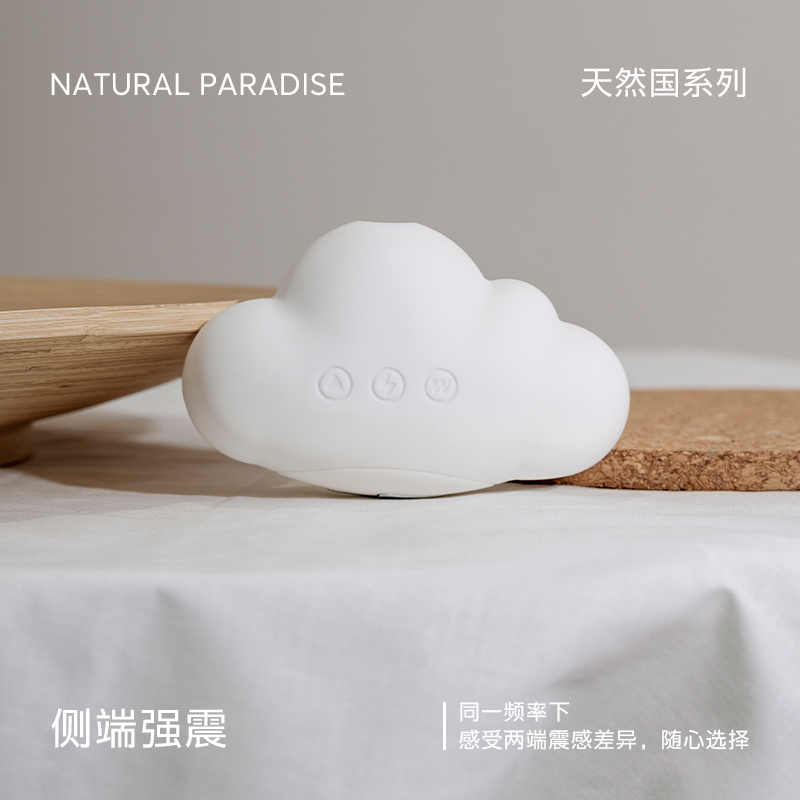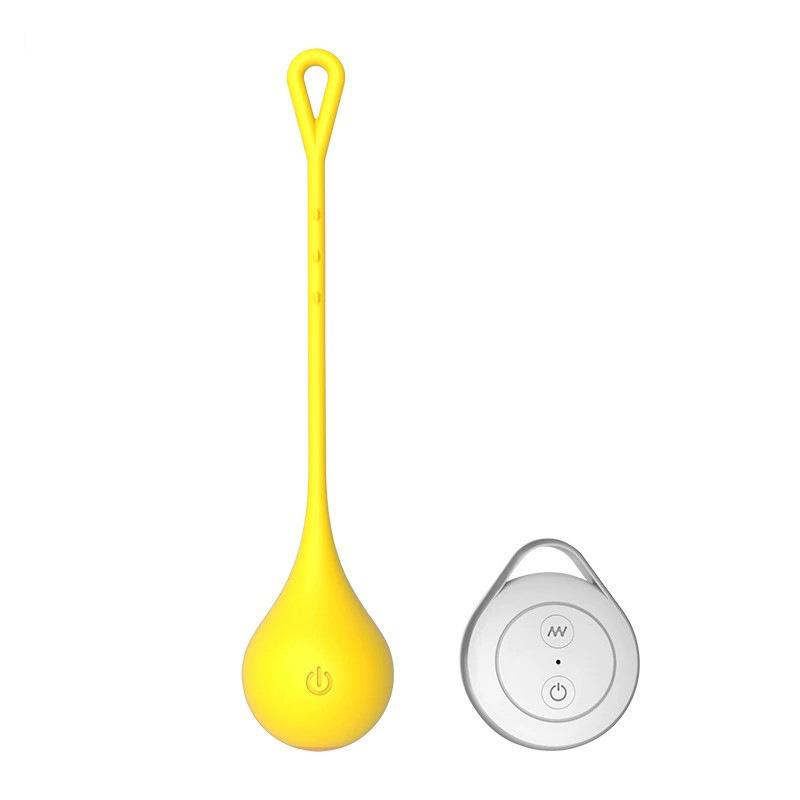
How to open a new sex toy retail store
The following content is informational only. When making financial decisions, we encourage you to consult qualified professionals.
Shopping for local goods at small, independent sex toy retail stores is what keeps communities alive and thriving. Opening your own sex toy retail store is a worthy endeavor, and figuring out where to begin can feel overwhelming. No matter what you plan on stocking your shelves with, there are several key steps to follow in order to get your business up and running. We’ve broken the process up into a manageable playbook to help propel your journey and open the store of your dreams.
Research ways to finance your business
Figuring out how to finance your new retail shop is an important first step. Options include:
1.Outside investors.
2.Small business loans from a bank, credit union, or the Small Business Administration (SBA).
3.Self-funding.
The right finance plan will depend on your specific needs and financial situation. We encourage you to do more independent research or seek guidance from a financial advisor to decide on the best small business financing for you.
Create a business plan
Your business plan will lay the groundwork for building, managing, and growing your business. It will serve as a constant guide, and it’s one of the first things a potential investor or lender will ask for. While your business plan can evolve over time, it should always include the same key components:
Executive summary. A summary of the high-level takeaways, including a company description, goals and vision for the future, product overview, target market, financial summary, marketing strategy, and team members.
Company description. Outline the general concept of your store.
Product description. Discuss the types of brands you’ll be including in your store.
Market research. Determine and understand your target market.
Financial plan.
Company structure. State whether you’ll be a sole proprietor, general partnership, limited partnership, LLC, or corporation. The SBA has a comprehensive guide on choosing your business structure.
Negotiate and sign your lease
Get started early on scouting a retail location for your new retail store. Allow yourself extra time to find the perfect space and negotiate a deal. During your search, consider where your target audience lives and shops. It’s also useful to think about where any existing competition may operate their stores.
When it comes to the space itself, determine your budget and how much space you need. Commercial leases can sometimes be complicated, so pay close attention to the details of the lease agreement, the included costs, and even the landlord’s reputation. Commercial real estate marketplaces like LoopNet might be helpful in your search. Remember, everything can be negotiated.
Connect with your community and local shop owners
The best way to get helpful advice about starting a retail store is to talk to people who have been there. Reach out to local shop owners in your area to get insight on running a business, and take a look at their space, products, and marketing to gather inspiration. Connect with the small business owner community in your retail location to do some valuable networking, explore potential partnerships, and raise brand awareness.
Reach out to your chamber of commerce
Your local chamber of commerce acts as a business network for your community. A chamber of commerce membership allows you to be featured in newsletters, increases your business’s visibility, and offers networking opportunities. Membership also gives your business credibility in the eyes of the customer. To find out the cost of joining and how to do so, find and contact your local chamber directly and ask for a membership packet.
To further widen your network, do more research to see if your area has additional associations similar to the chamber of commerce worth joining.
Get licensing and tax ID
To conduct business legally, you’ll need to register your business and obtain a business license and permit. The precise requirements will vary by state, but to open a retail store in most states you’ll need to:
Register your business with your state.
Apply for a federal tax ID, the most common of which is an Employer Identification Number (EIN). An EIN is like a social security number for your business, and you’ll need it to pay your federal and state taxes.
Check to see if your state requires a reseller ID (also known as a resale tax ID) to pay your state sales tax.
Check with your state agency for the most up-to-date requirements for your area.
Open a business bank account
Once you have your business license and EIN, you’ll have all the necessary info to open your business bank account. A dedicated business bank account helps manage the day-to-day financial needs of your new retail store, from tracking expenses to accepting credit card payments.
There’s no shortage of banks offering business accounts, so do some comparative research to make sure you get the best deal. Consider interest rates, minimum account balance fees, transactions per month, transaction fees, and introductory offers. Overall, you want the maximum amount of benefits with the lowest fees.
Plan necessary store renovations
Renovations are where you can really make your vision come to life. Look at your retail space and assess what (if any) alterations need to be made. Envision what you want the store to look like when you open. Where will the register and display shelves live? What paths will the customers walk? What do you need to purchase to make the space fully functional? You may want to upgrade the flooring or the lighting, and you’ll need to buy fixtures like shelves and cabinets to display your merchandise. All of these questions will help you determine what renovations are necessary, and what you need to buy for your shop.
Plan your inventory
Now that you have a better idea of what your retail space will look like, it’s time for the fun part—planning your inventory. Your inventory makes your store unique, and your careful curation of independent brands is what will delight customers and keep them coming back.
When budget planning for inventory, remember that you’ll spend the most on inventory within the first three months of opening. Once you’ve narrowed down what products to stock, decide how much of each product to buy. Take a look at how much space you have, both for display and for storage, and budget accordingly. Over time, budgeting and purchasing inventory will become easier as you get a better feel for which products are popular.
Set up a POS system
A point-of-sale (POS) system does more than just make sales—it allows you to manage and track all of your inventory, and it’s essential to operating your business. With so many good POS systems available, set aside time to ensure you choose the best one for your specific needs. Get started by reading our guide on choosing the best POS for your business.
Set up an sex toy online store
Allowing customers to buy your products online means your business can be open virtually 24/7. With little extra effort, you can widen the scope of who can shop at your store and allow customers to browse after your shop has closed for the night. Many POS systems like Shopify and Square allow you to easily create an online store using their software. The best POS systems make it simple to upload your inventory, customize your web page, and add contact information. Your online store is also a great place to showcase your brand values and distinctive style.
Purchase inventory
Now that you’ve planned and uploaded your inventory, it’s time to actually buy it. How soon you wish to start purchasing before your grand opening is up to you, but it’s usually safe to make your purchases about a month in advance. Check in with your wholesale vendors and see how long they take to ship to be sure everything will arrive on time.
Create a social media presence
Marketing on social media is one of the best and easiest ways to attract new customers, raise awareness about your new retail shop, and network with fellow business owners. It’s also common for customers to visit social media pages to decide if they want to visit your store and to get access to up-to-date contact information. You can choose to be on as many social media platforms as you like, but Instagram and Facebook are the most typical for businesses.
An Instagram profile is great for giving customers a sneak peek at your products and to show off the space you carefully created. Facebook can be used for general information, business updates, and events like your grand opening. It’s also beneficial to create an account with Google My Business to make your business discoverable online. This will serve as a way for customers to find and locate you on Google Search and Maps.
Plan your grand opening
After all your hard work, it’s finally time for your grand opening. The grand opening can simply be the first day your store is open to the public, or you can choose to throw a special grand opening event. A dedicated event can be great for relationship-building with customers and other community members. Some businesses will throw a friends and family event, offering discounts to a select group of invitees to serve as a sort of test run.
No matter what you choose, be sure to announce your grand opening on your social media channels and website. You can even contact brands you carry in case they want to share the news with their audience. Make sure your POS system is up and running before you open, have extra staff on hand if needed, and get ready to see your dream come to fruition!










